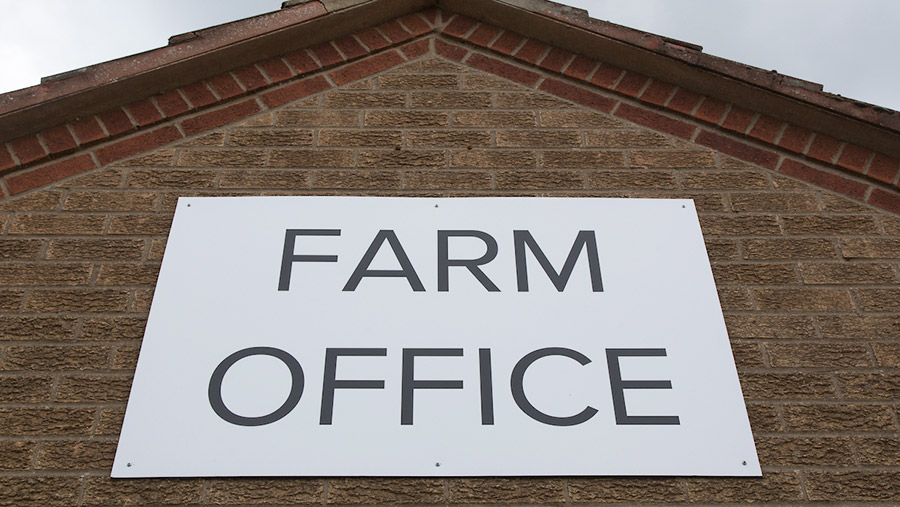Taxation of lump sum exit payments
 © Tim Scrivener
© Tim Scrivener Payments under Defra’s Lump Sum Exit Scheme will be classed as capital receipts and will be subject to Capital Gains Tax, the government has confirmed.
Farmers Weekly understands about 700 farmers have applied so far for the scheme, with the application window open until 30 September 2022.
See also: Defra’s Lump Sum Exit Scheme opens for retiring farmers
An HMRC policy paper was published on 20 July outlining the taxation treatment for the payments. Revisions to existing legislation are expected to be included in the Finance Bill 2022-23.
The policy paper states payments will treated as the proceeds from the disposal of a chargeable asset, as is currently the case when Basic Payment Scheme entitlements are disposed of.
In the case of a company receiving Lump Sum Exit Scheme payments, the payments will be treated as the proceeds from the disposal of an intangible asset.
Industry reaction
Martyn Dobinson, partner at accountancy firm Saffery Champness, says clarification on how payments under the Lump Sum Exit Scheme are to be taxed is welcome news.
He said the treatment was similar to that for BPS entitlement disposals.
“This helpfully clears the air over this issue and provides clarity for our clients who are looking to take advantage of the scheme,” he said.
Advice
Individuals currently have an annual capital gains tax-free allowance of £12,300.
It may be possible to offset capital losses against gains made through the Lump Sum Exit Scheme.
How the lump sum is calculated
The lump sum exit payment is set to be based on the average value of BPS direct payments made to claimants between 2019 and 2021.
To calculate the lump sum, this average value is determined (with an upper limit of £42,500) and then multiplied by 2.35 to achieve the final figure.
